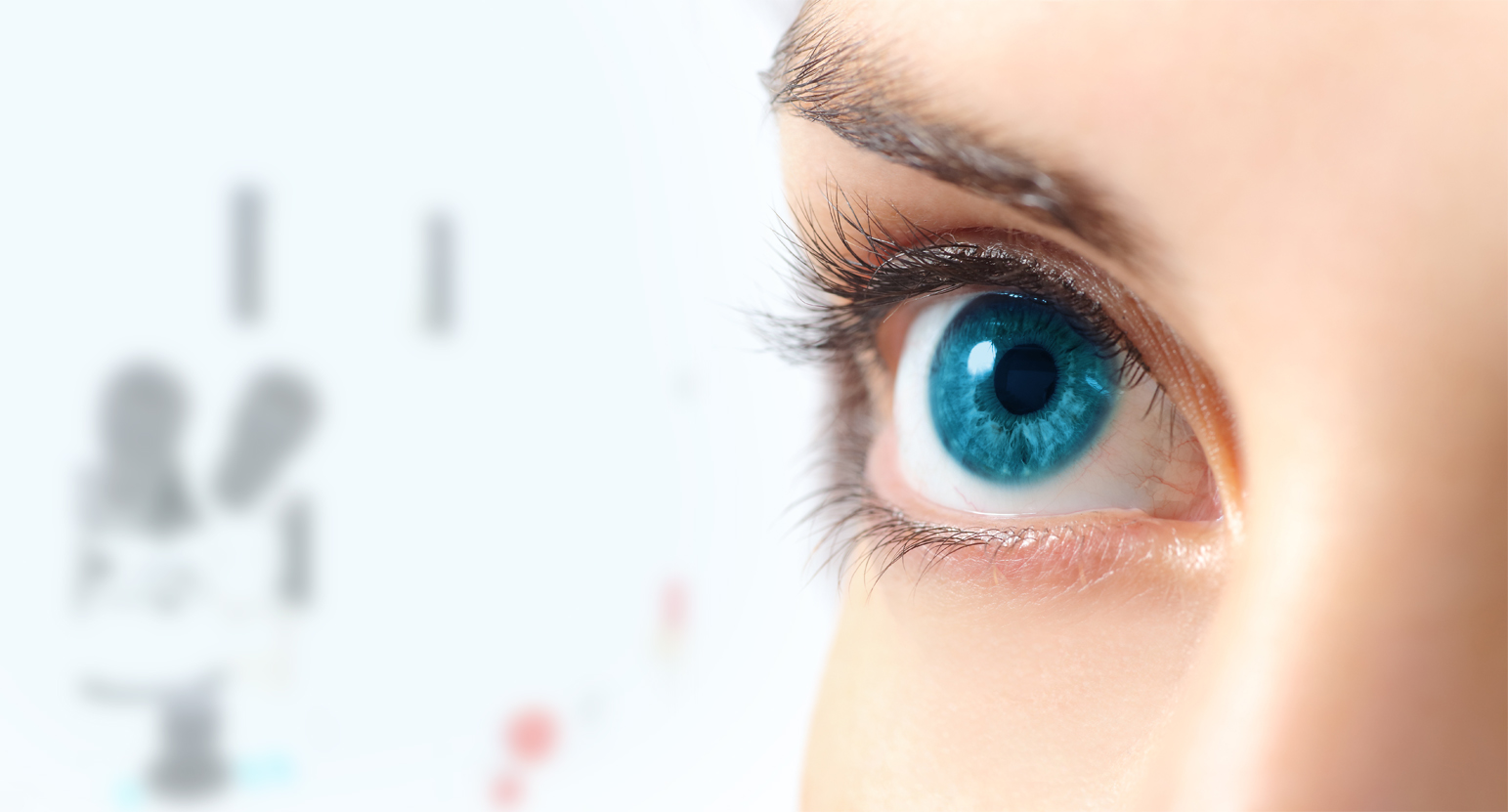
Eye Conditions an Eye Doctor Bonita Springs Can Diagnose Early
Most people experience eye conditions at some point in their lives. Some of them are minor conditions that go away. However, other conditions need the care of a specialist. An eye doctor or ophthalmologist can easily detect certain diseases. That’s why it’s important to have your eyes checked regularly. To get the best eye specialist for your needs, you can click here to find one in Bonita Springs.
In this article, we will discuss some of the eye conditions that can be diagnosed early by your eye doctor. Let’s get started.
1. Cataracts

Cataracts refer to clouding within the eye’s lens. Healthy lens are clear, similar to those of a camera’s. Light goes through it until it reaches your retina. When cataracts form in your lens, light doesn’t pass through as smoothly.
This condition usually develops slowly and doesn’t lead to symptoms such as pain or redness within the eyes. Some cataracts remain small and don’t affect much of your eyesight. However, if it progresses and significantly affects your vision, surgery can help bring your eyesight back.
2. Uveitis
This refers to the inflammation of the uvea, which is the eye’s middle layer composed of the ciliary body, iris, and choroid. Uveitis can lead to the destruction of eye tissue and might result in eye loss.
Symptoms include eye pain, blurred vision, light sensitivity, and eye redness. People who have immune system conditions such as ulcerative colitis, rheumatoid arthritis, and AIDS, are prone to having uveitis.
3. Pink Eye Or Conjunctivitis

This refers to the inflammation of the conjunctiva, the tissue that lines the eyelid’s inner surface. The conjunctiva is the transparent layer that covers the white portion of the eye. This condition leads to a burning sensation, itching, redness, discharge, tearing, or the feeling that a foreign object is in the eye. Conjunctivitis can be caused by infection, allergies, or exposure to irritants and chemicals.
4. Lazy Eye
Amblyopia or lazy eye occurs when one of the two eyes doesn’t properly develop. In that particular “lazy” eye, vision tends to be weaker. In addition, the eye usually moves lazily around while the other one stays in place.
It rarely occurs on both eyes and is common in infants, children, and even adults. Early detection of a lazy eye can help prevent lifelong problems. Treatments include contact lenses, eye patches to force the person to use the lazy eye, and pure contact lenses.
5. Refractive Errors

Refractive errors are common eye disorders that refer to the inability of the eyes to clearly focus images from the environment. This usually results in blurred vision, and extreme cases can lead to visual impairment.
There are four common types of refractive errors, namely:
- Astigmatism – This condition occurs when the cornea is irregularly curved, thus resulting in distorted vision.
- Myopia – This is also known as nearsightedness, and it occurs when a person has difficulty seeing distant objects.
- Hyperopia – Also known as farsightedness, hyperopia occurs when a person has difficulty seeing close objects clearly.
- Presbyopia – This occurs when a person has difficulty seeing or reading within an arm’s length. Presbyopia is very common and is connected to the aging process.
6. Keratitis
This refers to the inflammation of the eye’s cornea, the transparent part of the eye that covers the pupil, iris, and anterior chamber. Keratitis can be a serious condition, and severe cases may threaten a person’s vision.
Signs and symptoms include redness, eye pain, tearing, discharge, swelling, and blurry vision. Keratitis can be caused by injury, viral or bacterial infection, fungi, parasites, and a lack of vitamin A. Treatment might include prescription eye drops, an antiviral medicine, or antibiotics.
7. Crossed Eyes (Strabismus)

Strabismus, often known as crossed eyes, occurs when a person cannot align his or her eyes on the same point simultaneously. The eyes appear to be pointed towards different directions and are misaligned.
This is usually caused by muscle weakness in one or even both eyes. The condition seems to occur within families. Sometimes, it might be the result of severe farsightedness that was not appropriately treated. Significant trauma to the head can also lead to crossed eyes.
Strabismus is very obvious as the eyes seem to point towards different directions. However, other signs usually occur in children, including eyes that don’t move simultaneously with each other, tilting of the head to one specific side, and squinting using only a single eye. Treatments include eyeglasses, contact lenses, prescription eye drops, surgery, and patching of the normal eye.
In Conclusion
Different eye conditions can be diagnosed early by your ophthalmologist. If you want to ensure that your eyes are healthy, you must attend regular checkups with your eye doctor. In this way, the specialist will be able to detect any problems you might have developed. It is important to note that early detection of eye conditions can help you prevent total loss of vision in the future.




